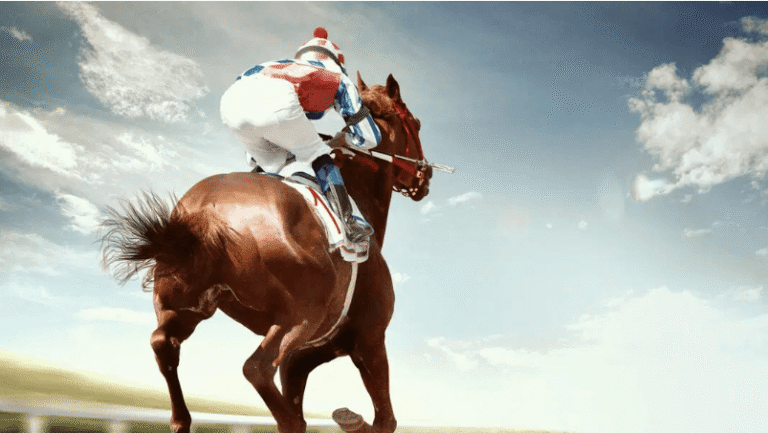Exploring the Different Types of Horse Races: Flat Racing vs. Steeplechase
Horse racing encompasses a variety of formats, each with its own allure and challenges. Flat racing emphasizes speed over a straight, level track, while steeplechase introduces obstacles that test endurance and skill. The contrast between these two types reveals differing strategies and training methods. Understanding these differences not only enhances appreciation for the sport but also raises questions about the evolution and future of horse racing. What factors influence a horse’s success in each discipline?
The Basics of Flat Racing
Flat racing, a quintessential form of horse racing, is characterized by its straightforward and thrilling competition on a level track.
This racing style typically features various race formats, including sprints and routes, catering to diverse racing strategies and horse capabilities.
See also: Breaking Down the Kentucky Derby: What Makes It so Special?
The Thrills of Steeplechase
What makes steeplechase racing a compelling spectacle for both participants and spectators alike?
The steeplechase excitement stems from the thrilling obstacle navigation that tests the endurance and skill of horse and rider.
Each leap and turn heightens the adrenaline, creating an electric atmosphere.
This dynamic interplay of strategy and athleticism captivates audiences, showcasing the raw power and grace of these magnificent animals.
Historical Context and Evolution
As steeplechase racing evolved over the centuries, it emerged from the traditional practice of cross-country racing, where riders navigated natural obstacles in the English countryside.
The race origins can be traced back to equestrian traditions that celebrated both skill and endurance. This form of racing captivated audiences, reflecting a deep-seated appreciation for the bond between horse and rider while highlighting the sport’s rich historical tapestry.
Challenges Faced by Horses and Jockeys
The evolution of steeplechase racing, while showcasing the artistry of equestrianism, also brings to light the myriad challenges faced by both horses and jockeys.
Key issues include:
- Injury prevention strategies are often insufficient.
- Jockey training demands rigorous physical and mental preparation.
- Navigating complex courses increases risk for equine athletes.
- Emotional stress impacts performance and decision-making.
These factors highlight the need for enhanced safeguarding measures in the sport.
Conclusion
In conclusion, flat racing captivates with its emphasis on speed and precision, while steeplechase enchants with its blend of endurance and skill. Both formats demand resilience from horses and strategic acumen from jockeys, showcasing the diverse talents within the equestrian world. As audiences cheer for the swift gallop on a flat track or the daring leaps over obstacles, the distinct characteristics of each race continue to celebrate the thrilling sport of horse racing in all its forms.




